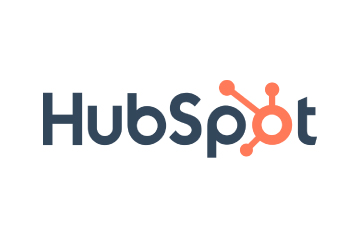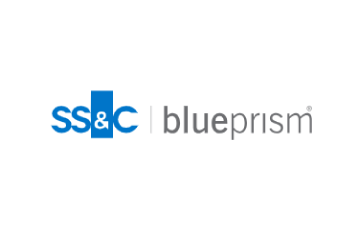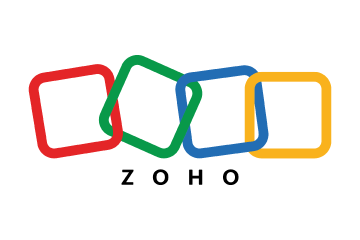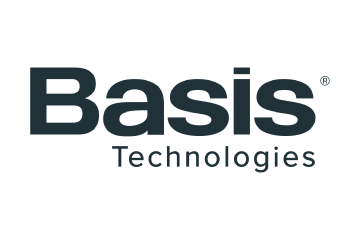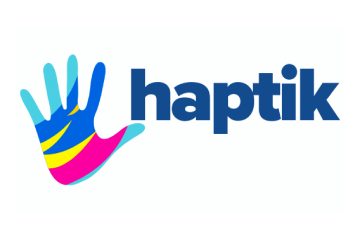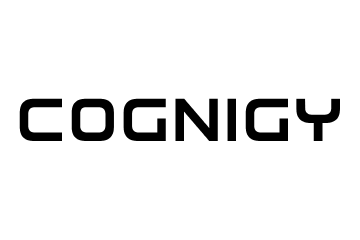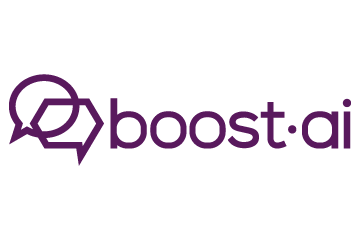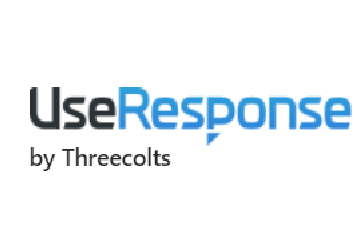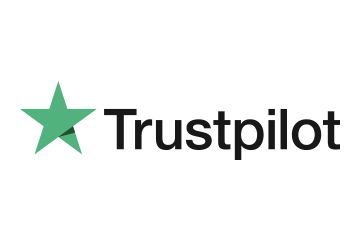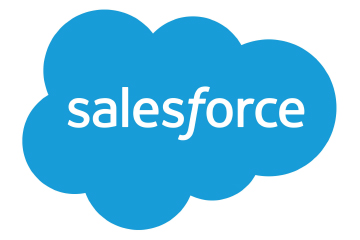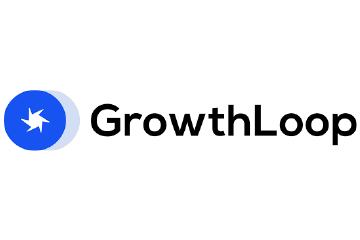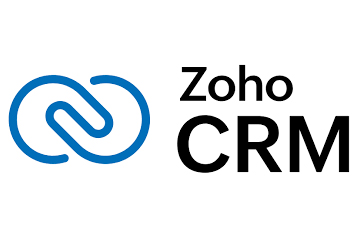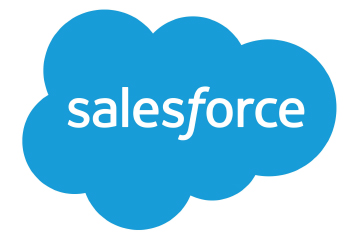How to Repair Fragmented Touchpoints with Customer Journey Mapping
KPI dashboards may show green, but your customer’s experience could be flashing red. While early-stage companies focus on metrics, what’s often missed is the growing disconnect between customer expectations and what’s actually delivered.
Topics
What to Read Next
- Untapped Growth Partners with FreeWheel to Expand Premium CTV Access
- Pattern Announces Acquisition of ROI Hunter
- MNTN Integrates with Northbeam to Improve CTV Performance Measurement
- Guideline Launches Customizable AI Agent Dashboards
- Gradial Raises $35M to Expand Enterprise Marketing Through AI Agents

Early-stage businesses often feel confident when their dashboards show green, and all Key Performance Indicator (KPI) targets are definable and on track. However, there is little room for transformation without a consistent customer journey. Beneath the surface, fragmented touchpoints can quietly undermine customer loyalty, erode team morale, and set the stage for inevitable stagnation.
A recent study by PwC revealed that 32% will leave after just one bad experience.
Customer expectations evolve faster than quarterly reviews, especially when expectations are unclear during onboarding. KPI targets do not clearly define the root cause of poor experiences. A dashboard or spreadsheet will provide a high-level overview of the business’s health and, by design, does not drill down to the details of the customer’s experience. Each touchpoint in the customer journey will reveal opportunities to identify customer needs and a baseline for improvement.
This article will delve into various fragmented touchpoints that can hinder business growth, including broken onboarding experiences, the effects of siloed teams, and inconsistent messaging.
Broken Onboarding Journeys: There are no second chances
Onboarding is the customer’s first point of contact. The onboarding experience should be repeatable, and the onboarding representative should define each touchpoint from initial interaction to full integration. The customer should understand the expectations and their role in the project. Customers will quickly disengage if they do not feel in control of their journey. Often, there are no second chances to recover a customer from a poor onboarding experience.
An outline of touchpoints for a typical onboarding.
- Orientation of the project and the desired outcome.
- Roles of each stakeholder of the project and defined milestones.
- Training and customer development to provide the customer with the knowledge to be successful.
- Customer engagement within the project and scheduled check-ins.
- Feedback during each milestone will uncover areas of improvement.
These touchpoints are critical for the project’s success and will provide ample opportunity to assess the current journey. Routinely auditing the onboard experience will be essential as the business reaches a new growth milestone. Customer feedback will assist in identifying inconsistencies and friction points that ensure sustainable scalability and customer retention.
Fragmented onboarding processes will damage a business’s reputation as negative experiences will circulate to future customers, damage the brand reputation and culture, and reduce customer retention. It is hard to quantify how long it will take for the business to recover from several bad onboarding experiences, and it will depend on several factors. It is vital to ensure that the customer feels supported initially.
ALSO READ: Why Your Support and Success Teams Need to Merge
Siloed Teams: The Hidden Cost of Staying Lean
Many businesses have embraced leaner teams to maintain overhead costs. While this approach increases agility, it often comes at a hidden cost: siloed teams and internal role confusion. Customers still expect the business to deliver while providing exceptional service.
The Harvard Business Review stated in a 2022 study that 76% of executives report that organisational silos negatively impact customer experience. Yet only 22% will take steps to address the issue that causes the silo. One company in the report cited that due to a lack of coordination between sales and onboarding teams, nearly 30% of new customers experienced delays or confusion within the first 10 days, leading to a spike in churn.
ALSO READ: The Silent Loyalty Killer: Internal Misalignment Between CX and Operations
Success can be driven by lean models if implemented strategically. However, without careful coordination, internal teams are often required to accomplish tasks outside of their intended roles and are required to provide results while being isolated. This downward spiral will overextend employees and increase the chances of delayed touchpoints.
Applying custom formulas to the customer journey will enable business owners to evaluate each touchpoint by time, resources, and ownership, regardless of the team structure.
Technology is also essential. It will assist in connecting teams and reducing internal confusion. Communication platforms, customer journey tracking tools, and collaborative project management systems will unify teams. These tools will also assist by identifying breakdowns and will keep the customer focused.
Inconsistent Messaging: Consistency Builds Trust
A business’s communication standard defines customer relationships. Uniformed and aligned messages will decrease hesitation and confusion while building a strong foundation for a successful relationship. Customer retention will continue to be negatively affected by even the smallest of inconsistencies. Careful attention to these details in various channels will increase the source’s trustworthiness.
Customers engage with businesses through omnichannel, which includes customer support, social media, website contact forms, and replies to email campaigns. If the voice or details of the service of the business shift depending on the channel, it creates cognitive dissonance.
The customer will question which channel or representative is reputable and genuine. The customer incurs additional fees if a company launches a “No Hidden Fees” advertisement. The backlash will result in negative reviews, social backlash, and cancellations. Despite having a strong marketing plan, inconsistent messaging will cause a trust breakdown that could take years to recover the brand’s reputation.
From a business’s sales pitch to support scripts, each message should be consistent with the customer journey. That requires cross-functional collaboration, centralised messaging guidelines, and proactive training to align teams. In today’s market, consistency isn’t about branding; it is about consistently delivering on your word, and trust will be the differentiator.
Causes for failure do not happen overnight, and a business’s success is not guaranteed. Fragmented onboarding, siloed teams, and inconsistent messages are the detractors of success. The variety in a business’s success lies in the customer experience, even if metrics suggest a positive quarter. Designing a seamless journey will build lasting growth, accentuate each touch point, and ensure the customer’s success.
Momentum begins when operations, people, and communications work harmoniously with the customer journey.
ALSO READ: Value Orchestration is What’s Next for Customer Success












